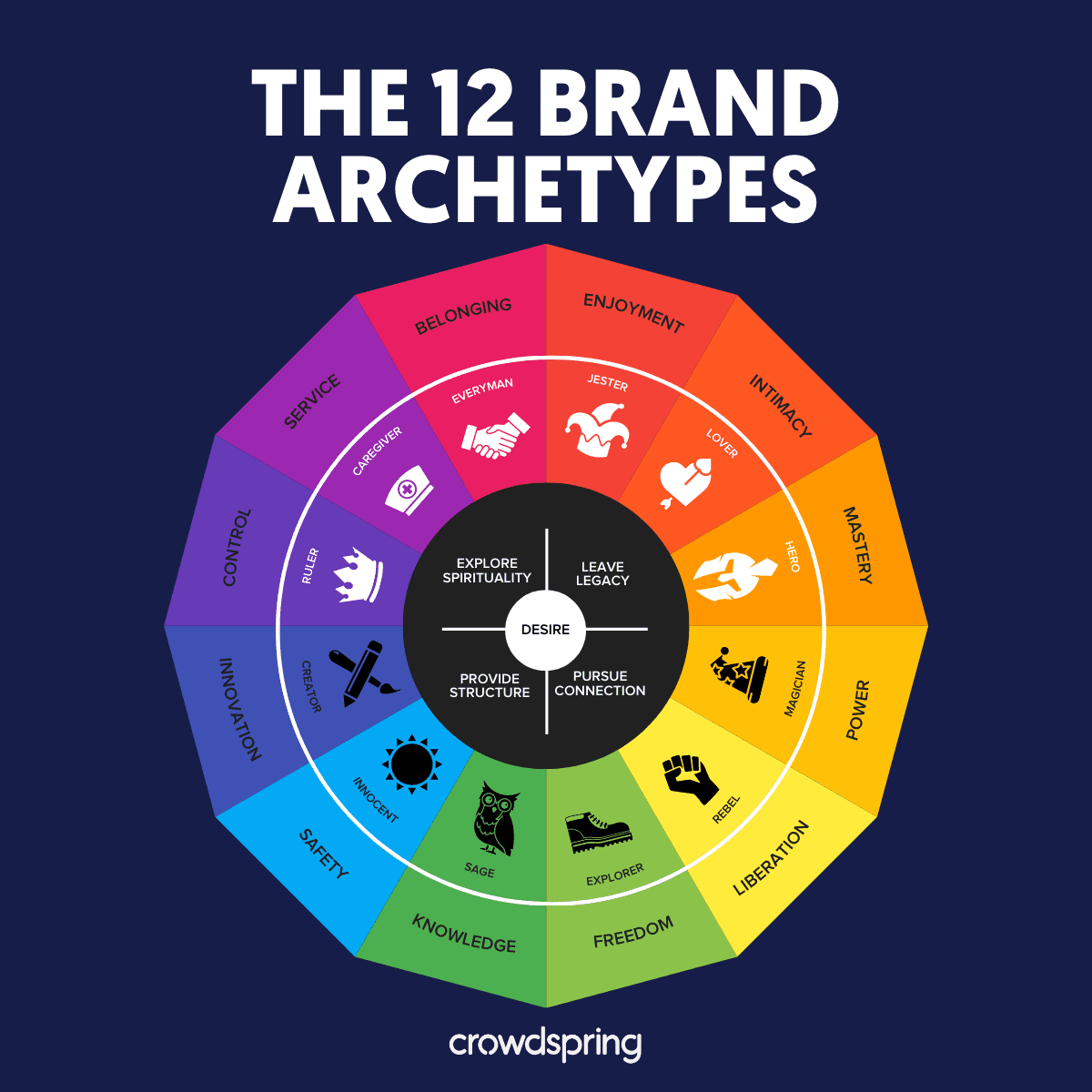What is branded content? It’s a form of marketing that integrates the brand into the content, or the content into the brand, creating an experience that is unique to that particular consumer.
Branded content is a great way to create a positive and meaningful relationship between consumers and your brand by developing an emotional connection.
Truly successful branded content is more than just traditional marketing messages placed within the existing editorial. It is a new type of communication-based on the idea that consumers are drawn to brands with personalities and ideas they love.
branded content EXAMPLES
What Is branded content?
Branded content is an advertising technique that involves the creation and sharing of online material — videos, blogs, articles, infographics, etc. — that explicitly mentions or promotes a brand but is not overtly paid for by that brand.
Branded content can be created in-house by the company itself or by third-party publishers and influencers.
The quality of branded content varies greatly, but it is often delivered to consumers in the form of entertainment and does not feel like a traditional advertisement.
Branded content is a relatively new term for something with roots going back decades.
Many companies hire their writers to write about their products and services, sometimes even hiring their photographers to take pictures.
In this way, they can control all aspects of the media they provide to their customers, giving them quite a bit of flexibility in how they present themselves.
Facebook and Instagram (as well as other social media platforms) have taken off with branded content, however.
These platforms have allowed brands to develop blogs and pages where they post interesting information that they create themselves.
Other times, brands will work with influencers to help them promote their message and create more awareness around their products and services.
CrowdSpring has a great infographic that shows the various personal branding archetypes:
What Exactly Is Branded Content?
Branded content connects with consumers at an emotional level by sparking their curiosity and inspiring them to interact with the brand.
Branded content reaches consumers via partnerships with influential media platforms, such as blogs and websites.
For example, one of my favorite examples came from Mattel which partnered with Rookie magazine to promote its toys for girls.
They created a video series called “Bridalplasty” where young girls competed for a dream wedding using Barbie dolls (and other toys).
The winning girl would be featured in New York Magazine’s Vows column as the real-life bride.
Examples Of Branded Content
I’ve been talking about branded content for years now, both on my blog and in-person with clients. However, I don’t often get a chance to go into detail about what that looks like.
Description: Branded content is any form of media that represents a company as an organization. In contrast, an ad is something that’s paid for by the company and exists to sell the company’s product or services.
A lot of people have trouble understanding the difference between these two things because they’re used to consuming media in one form only —ads. And that makes sense when you consider how much advertising we’re exposed to daily.
But branded content exists in many forms and can be found all over the Internet.
Here are a few examples:
- Blog posts are written by a company’s employees.
- Videos produced by the company itself (or its PR department).
- Photos published on a company’s social media accounts.
- Podcasts produced by (or featuring) someone from the company.
- Articles are written by journalists who have been paid directly by the company to write about its products or services (in other words, “advertorials”).
- Reviews/opinions of products or services.
What Is Not Branded Content?
Five types of content are most likely to be considered “branded” and therefore subject to federal law.
TripAdvisor’s legal department has published a comprehensive policy regarding how it defines branded content on its site. The document, TripAdvisor’s Content Partnership Guidelines, is available for TripAdvisor users to read in the site’s Help Center.
Under the TripAdvisor guidelines, the following five types of content are considered “branded”:
A partnership between two companies in which one company pays the other to produce marketing-related content under a product listing or in connection with a hotel review.
A hotel review in which the property in some form compensated the reviewer.
A product listing includes a photo of a person taken at a specific property, even if it is not the property being reviewed.
A sponsored story or advertisement that includes an image of the product taken at a specific property.
An advertisement or promotion produced by a travel agency in which it shares its commission with another party that provided it with marketing materials related to hotel bookings, such as photos or videos of hotel rooms or locations.
Advantages Of Branded Content
Branded content can be defined as any kind of media that has been sponsored or produced by a company. It is usually published through the company’s owned digital channels. This can range from a corporate blog to videos, infographics, and images on social media networks like Facebook and Twitter.
Many companies today are shifting their focus from traditional marketing to branded content because it offers many different benefits. Here are some of the advantages that come with branded content for your business:
Reach – Branded content reaches a broader audience than traditional advertising. You can reach people who are interested in what you have to offer, which is much more effective than only getting people who are bored when they see your ads.
Reach is also beneficial to your audience because they don’t have to swallow loads of advertising messages. They will be more likely to pay attention, share, and engage with your brand if it’s not shoved down their throats.
Content creation – When you create content for your brand, you control the message and how it is delivered, which means you won’t have to worry about whether or not people will like it or even read it. Since you already know what your customers want, this will be much easier to accomplish.
Branded Content For Production Companies
Branded content has been around for a while now. But this is an ever-changing market, and the best way to work with brands is to keep up to date with their latest trends and insights.
Tried-and-tested methods are still the best way to work on branded content. You can incorporate brand messaging into your video production, but don’t allow this to dictate your entire shoot. Remember that you’re creating an entertainment experience – not an ad.
The most important part of producing branded content is making sure that it fits naturally within your video but also remains relevant to your audience. To do this, you must understand how each piece of content will be utilized by your client and what they hope to achieve from it.
We’ve put together some top tips on working with brands in a production environment:
Don’t think of it as an advert.
Branded content isn’t simply advertising on a different platform; it’s an entirely new genre. There are creative ways in which a brand can get involved in your video without overpowering the message or influencing the tone or style of the production.
Think about how you would produce any other type of video – would you allow a client to dictate every aspect.
When Should A Brand Create Their Content In-house?
Creating your content instead of relying on contributors isn’t a decision that should be taken lightly. After all, adding to your overhead with the need for additional staff is expensive and can put a dent in your profit margin.
However, if you’re willing to invest in human capital, there are several advantages to being able to create your content.
The tone is one of the essential reasons why brands choose to create their content. In-house content allows you to convey your brand’s personality and create an emotional connection with your customers.
If you use external contributors, the tone of your blog will likely change depending on who you hire. A blog post written by an amateur blogger will feel different than one written by an established professional writer.
Time is another big reason why brands choose to create their content. When you use external contributors, it can take weeks or even months for them to deliver a full post for you. When you have an idea for a blog post that needs to go live yesterday,
it would be extremely challenging to rely on outside resources. You’ll never be able to fill in all of the gaps when using external sources because they don’t have access to brand knowledge or proprietary data that only employees have access to.
Why Is Branded Content Effective?
Branded content can be as simple as a blog post that mentions your product, or it can be more complex like a video or an image. But branded content is effective when it has a strong relationship with the customer, brand, and the company’s overall mission.
Branded content isn’t just a marketing tactic, it’s part of the brand experience and needs to be created with the customer in mind.
You have to find your voice within the brand you represent. Every brand has its personality, so you need to ensure that your voice resonates with that particular audience.
There are many examples of this type of content, including a short video about how your business helps customers; written testimonials from real people who had positive experiences with your company; photos of employees having fun at work; and even DIY (do-it-yourself) photo essays about how to use your product.
Branded content is effective because it gives the customer a peek behind the company curtain, which builds trust and loyalty. The best-branded content companies create an emotional connection between their customers and their brands.
The more emotional connection there is between the customer and the brand, the more likely they will purchase.
Make Assets For Your Brand
To get the most out of your brand, you should be using it on more than just your products. You want to associate your brand with things that make your customers think of you and your product. One way to do this is through assets.
TIP: Building a brand isn’t an overnight process. You have to keep at it and continually put your brand out there for people to see. If you don’t use your assets, they won’t be effective in helping you reach customers.
Here are some things you can start doing today to build your brand with assets:
- Use Your Logo
You should never have only one copy of your logo on file. Instead, have multiple copies available for any use that might come up. For example, if someone wants to put something about your business on their website, or someone wants to print flyers for an event where they’re featuring your product.
then they will need access to the logo so they can represent you well. Post the logo on all of your social media accounts and make sure all of these sources are consistent with each other.
- Create Product Icons
Icons can be used in several ways. They can be used as part of a call-to-action button on banners or on social.
Branded Content Vs. Conventional Advertising
Have you ever heard of the term branded content? If yes, then you probably already know that it is a combination of consumer-generated media and advertisements on the same platforms.
Branded content is rapidly growing in popularity as it is more effective than conventional advertising. Nowadays, many companies have managed to get a lot of success through branded content.
Traction Marketing Group, Inc. defines branded content as a marketing tool that produces high engagement with its audience. It is manufactured especially so that all the information presented would be relevant, fresh, and valuable to the target market.
Branded Content Vs Conventional Advertising:
As mentioned above, this type of marketing tool affects its audience, unlike traditional advertising. Traditional advertising has always been centered on brands and products while branded content focuses more on telling stories that matter to its audience. This technique has become an effective way to build brand loyalty and gain trust from audiences. Let us consider some of the main differences between branded content and conventional advertising:
Storytelling – The most significant difference between these two terms is that branded content is about storytelling whereas conventional advertising is about promoting brands.
Branded Content Improves Brand Recall
Do you want to improve your brand recall? Do you want a new way to reach your customers and gain some new ones? Then you might want to consider branded content.
There are many different ways that you can use it to improve your business, but let’s look at two of the best ways:
First, branded content can help you increase brand awareness. You need to make it as easy as possible for people to find your branded content. This means using social media channels like Facebook, Twitter, and Instagram.
It also means adding links to all of your branded pages on your website, including any blogs or landing pages that contain branded content. Once you have done this, you will have increased the amount of brand awareness that is out there.
Secondly, branded content can help you keep in touch with your current customers while attracting new ones. By doing things like writing blog posts and creating videos, you are providing information that is helpful to current customers while also making them aware of what is going on with the company.
When they see this information, they will likely feel compelled to check out what else the company has to offer.
Branded Content Vs. Content Marketing
Branded content is a great way to engage your audience, and make them feel like they matter to you. You’re not just a faceless brand, but a real business with real people who have interesting things to say.
Branded content can be any type of media that you produce. The key is that it lives on your website or social channels, and is produced by you or your employees.
It’s the difference between:
Content marketing: this is written by an actual blogger, journalist, or another professional writer. They’re employed by a third-party agency to write copy for your website.
Branded content: written by you or your employees, for your website or social channels (and possibly for other places, like blogs).
Your readers want to feel like they are part of the conversation with you. If you’re only sharing content from other sources (and don’t even link back to your site), it makes you look more like a publisher than a brand.
Your followers want to know what topics interest you, so they can learn more about the things that are important to you as a company. A blog is one way to do this, but also consider video and podcasts too.
Content Marketing (fr)” width=”500″ height=”281″ src=”https://www.youtube.com/embed/o9qsgf6OO0c?feature=oembed” frameborder=”0″ allow=”accelerometer; autoplay; clipboard-write; encrypted-media; gyroscope; picture-in-picture; web-share” allowfullscreen>
Branded Content Vs. Product Placement
Branded content is an interesting beast. It’s a form of native advertising where the advertiser tries to keep its presence undetected, using subtlety or humor.
It can be done in two ways: as a part of a larger piece of content (e.g. a popular blog post or video), or as an independent piece on the brand’s website.
The latter is called “branded entertainment,” and it’s been around for years. Brands like BMW and American Express have been doing it for years because it allows them to do targeted advertising without making their customers feel like they’re being sold something.
Product placement is another form of advertising that has been around for decades but only recently started taking off on the Internet. The idea here is to promote your product within the context of some other piece of content – a photoshoot, a music video, an article, etc.
With no prominent branding, that would make the consumer feel like they are being advertised. The product will usually be featured prominently somehow, and there will be no mistaking what it’s there for – to sell you that product.
You don’t have to worry about offending your audience because they’ve signed up on the plus side.
Matt Crawford
Related posts
2 Comments
Leave a Reply Cancel reply
This site uses Akismet to reduce spam. Learn how your comment data is processed.




Branded content is super important, thanks.
Cheers, Errol.